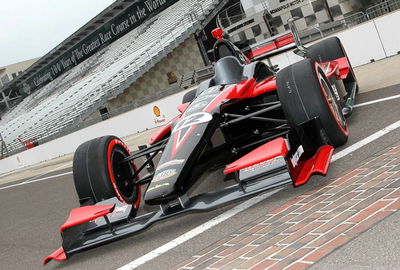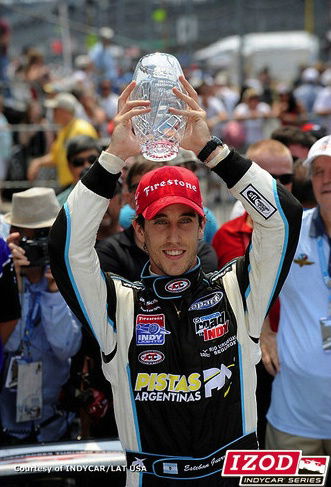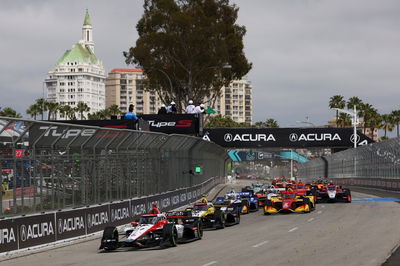Dallara makes safety modification to DW12

Dallara have been making adjustments to the new DW12 IndyCar safety cell chassis after reviewing the five crashes that occurred at Indianapolis Motor Speedway during practice and qualifying for the Indy 500.
In what had been an otherwise quiet build up to the Indianapolis 500, Josef Newgarden was the only driver to crash mid-week before the qualifying weekend. However, three drivers then had hard hits after spinning over the weekend: Bryan Clauson, Oriol Servia and Ed Carpenter all crashed during their qualifying runs on Saturday, while Charlie Kimball crashed during Sunday afternoon practice after qualifying had concluded.
The cars of Carpenter and Kimball both tipped onto their sides against the SAFER barrier in their respective incidents. Neither man was hurt, although the car suffered considerable damage in both cases. Carpenter had to use his backup car to make the starting grid.
Since the weekend, Dallara has been reviewing footage, telemetry and other data of the incidents to determine whether the car was working as it should, and have concluded that changes are needed to all the cars before the Indy 500.
"Feedback from observers, safety officials and drivers enabled Dallara to have the data very quickly, and their solution and response is a great example of how safety comes first," said Will Phillips, vice president of technology for the IZOD IndyCar Series. "Dallara's response has been immediate to try and make sure all improvements possible could be implemented in time for the race. All credit to them."
The data and subsequent testing identified an issue with the stiffness of the underwing supports, which is preventing the underfloor of the car from breaking away from the carbon fibre tub as has been the case in previous race car models. By immediately affecting the downforce and/or lift on the car, the floor breaking away rapidly slowed the car during a serious impact and helped keep the car on the ground as it hit the barrier.
Dallara has now come up with a solution that involves making three long cuts along the left and right carbon fibre supports that fix the underfloor to the tub. That should maintain vertical stiffness while lessening lateral strength, allowing the units to fold or crush as they used to and restore the previous behaviour to help keep the car on the ground.
The modification is described as "simple" and can easily be carried out on all 33 cars in time for Friday, which sees Carb Day shakedowns for all the teams once they have their new Race Day engines installed. The teams themselves can undertake the modifications if preferred.
The design of the DW12 chassis had been extensively modelled on computers and tested out on tracks, but the Indianapolis Motor Speedway is the first use of the car on an oval since the design was finalised and rolled out to the teams at the start of the season.
The crash modelling had ironically indicated that the stiff supports would be an improved safety feature; the possible knock-on effect on the car getting airborne simply didn't show up in tests until the cars physically hit the wall in practice and qualifying.
In any case, no car can be guaranteed to remain stuck to the race track in every impact, and the effect of the stiffness of the supports may be fairly minor. Observers also pointed out that the new driver protection sidepods on the car could be helping to prevent the car from toppling over completely upside down in the various impacts seen so far.











